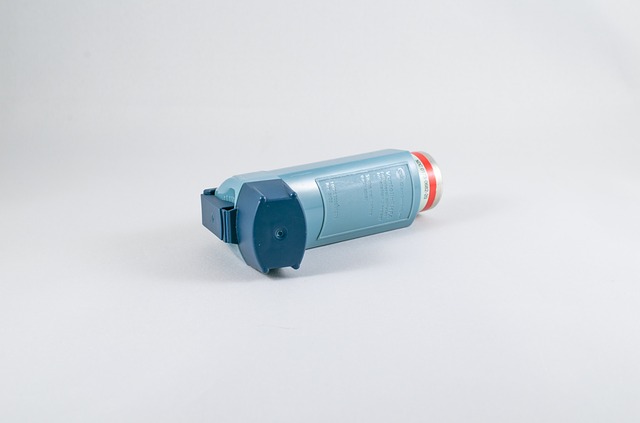Researchers discovered a difference in bacteria during times of controlled asthma and severe asthma, leading to a possible link in the composition of the upper airway microbiome and asthma symptoms.
Are bacteria to blame for asthma severity?
A recent study, published in Nature Communications, suggests that asthma severity in children is linked to the bacteria living in the upper airway.
The findings were noted after nasal blow samples were collected during a larger clinical trial. Samples from 214 children were obtained at the start of the trial when asthma was controlled, and as soon as asthma symptoms worsened, called the Yellow Zone (YZ).
Between times of controlled asthma and loss of asthma control, the researchers found a difference in upper airway bacteria composition, also called the upper airway microbiome.
Favourable microbiome and asthma
During times of health and controlled asthma, the microbiome was dominated by Corynebacterium and Dolosigranulum. Children with these bacteria took longer to experience at least two Yellow Zone episodes. Additionally, they had fewer Yellow Zone episodes.
Pathogenic microbiome and asthma
On the other hand, during times of severe asthma, the microbiome was dominated by more pathogenic bacteria, such as Staphylococcus, Streptococcus, and Moraxella.
The shift from good bacteria to bad
The researchers noted that when the upper airway microbiome shifted from Corynebacterium and Dolosigranulum to Moraxella, children had the most severe asthma symptoms.
Research for the future
Since there were a low number of Yellow Zone episodes in the larger clinical trial, the researchers did not have a high number of Yellow Zone samples for analysis. Also, samples were not collected after the Yellow Zone, during the return to controlled asthma, so information regarding the microbiome and asthma could not be determined. This paves the way for future research in order to determine causality: is it the change in the upper airway microbiome that changes the severity of asthma symptoms, or is it something else, like a viral infection?
The researchers plan to use mouse models to examine the relationship between the upper airway microbiome and asthma. If bacteria are truly to blame for severe asthma symptoms, it presents the possibility that the microbiome can be altered for the better, thereby reducing asthma risk.
Written by Shayna Goldenberg
References:
Zhou, Y., Jackson, D., Bacharier, L.B. et al.The upper-airway microbiota and loss of asthma control among asthmatic children.Nat Commun 10, 5714 (2019) doi:10.1038/s41467-019-13698-x
EurekAlert!. (2019). Asthma severity linked to microbiome of upper airway. [online] Available at: https://www.eurekalert.org/pub_releases/2019-12/wuso-asl121319.php [Accessed 20 Dec. 2019].
Image by Bob Williams from Pixabay



